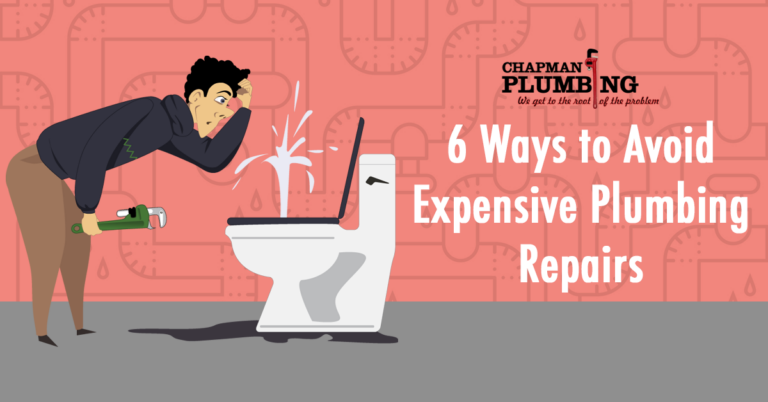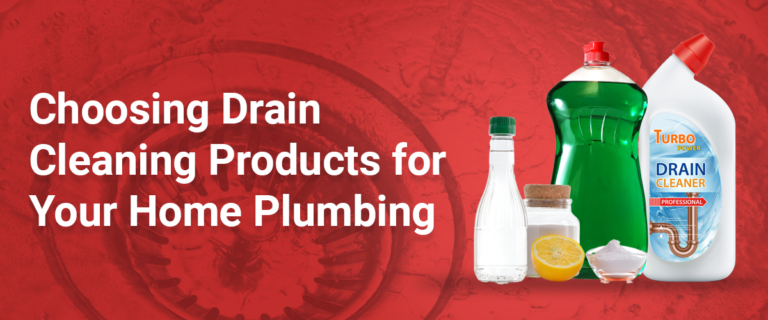Prevent Sediment Build-up With Regular Heater Maintenance
Is your water heater delivering lukewarm showers instead of steady hot water? If so, sediment build-up might be the problem. Over time, minerals in your water supply build up at the bottom of the heater, decreasing its efficiency and straining its components.
However, neglecting regular water heater maintenance can lead to higher energy bills, slower heating, and costly repairs. Luckily, a few simple steps can extend your heater’s lifespan and keep the hot water flowing. Read on to learn how to prevent sediment build-up and avoid expensive breakdowns.

What Causes Sediment Build-Up in Water Heaters?
Several factors lead to debris build-up inside the tank over time, reducing efficiency and increasing energy consumption. The following are the leading causes of sediment build-up:
- Minerals in hard water: As the water heats, calcium and magnesium accumulate at the tank’s base, forming a sediment layer.
- Natural debris: Tiny particles, such as sand or dirt from water sources, can accumulate inside the tank over time.
- Heating process impact: High temperatures speed up the precipitation of minerals, causing more sediment to form.
Furthermore, sediment insulates the tank, forcing the heater to work harder and use more energy. Regular water heater maintenance prevents this and extends its lifespan.

Warning Signs of Sediment Build-Up
Sediment build-up develops gradually but shows clear warning signs. Addressing them prevents costly repairs and keeps your system efficient. Watch for the following signs as part of your water heater maintenance:
- Fluctuating water temperature: Uneven heating occurs when sediment blocks the burner or heating element, preventing consistent heat transfer.
- Noisy operation: Popping or rumbling sounds indicate water bubbling through the sediment layer as steam tries to escape.
- Reduced hot water supply: Sediment takes up space at the bottom of the tank, decreasing the amount of hot water available.
- Higher energy bills: When the heater works harder to heat through the sediment layer, energy consumption—and your bills—go up.
- Rust-colored water: Sediment that breaks down and mixes into the water supply can cause discoloration or debris.

Benefits of Preventing Sediment Build-Up
Preventing sediment build-up in your water heater offers several key advantages, including saving time, money, and hassle. Take a look at the following benefits:
- Improved energy efficiency: A clean tank heats water faster and requires less energy, lowering utility bills.
- Extended lifespan: Preventing sediment accumulation protects internal components from damage, delaying the need for costly replacements.
- Consistent hot water supply: Routine maintenance prevents blocked heating elements, ensuring a steady hot water supply.
- Reduced repair costs: Early intervention helps avoid expensive repairs caused by severe sediment build-up.

Key Maintenance Practices to Prevent Sediment Build-Up
Perform regular maintenance to prevent sediment accumulation and keep your water heater running efficiently. These are the practices to consider:
Flush the Tank Regularly
- What it Involves: Drain water from the tank to flush out sediment that hinders heating efficiency.
- Frequency: Flush every 6–12 months, especially in areas with hard water and higher mineral build-up.
- How-To: Turn off the power, attach a hose to the drain valve, empty the tank, then refill and restart the system.
Install a Sediment Filter
- Purpose: Captures debris like sand and dirt before it enters the water heater, preventing build-up.
- Types: Inline sediment filters connect to the water heater, while whole-house systems filter all incoming water.
- Maintenance: The manufacturer recommends cleaning or replacing filters, especially after heavy use.
Check the Anode Rod
- What it Does: The metal rod attracts corrosive elements, preventing rust from forming on the tank walls.
- Inspection Tips: Check the rod for corrosion or thinning and replace it every 3–5 years to maintain protection.
- Benefits: A well-maintained anode rod reduces tank deterioration and extends the heater’s lifespan.
Lower the Thermostat Setting
- Why it Helps: Lowering the temperature slows mineral solidification and sediment build-up.
- Recommended Range: Set the thermostat to 120°F to balance energy efficiency, prevent excess sediment, and ensure safe water temperatures.

Professional Maintenance vs. DIY
Some water heater maintenance tasks are DIY-friendly, while others need a professional. Knowing when to DIY or call a pro saves time and money. Consider the following factors when deciding:
- When to DIY: With the right tools and instructions, you can drain the tank to clear out sediment, adjust the thermostat to 120°F for efficiency, and check for visible leaks.
- When to call a pro: Hire a professional for tasks like anode rod replacement, deep cleaning, or persistent issue troubleshooting—these require expertise to avoid system damage.
- Expert benefits: Professionals identify hidden problems, thoroughly clean, and extend your water heater’s lifespan with preventive care.

Proactive Tips for Long-Term Water Heater Care
Consistent water heater maintenance keeps your system running efficiently and prevents costly repairs. Additionally, incorporating these proactive tips can help extend your water heater’s lifespan and maintain a steady hot water supply:
- Soften hard water: Use a water softener to lower mineral levels, reduce sediment build-up, and keep your water heater cleaner for longer.
- Insulate the tank: Use an insulation blanket to prevent heat loss, lower energy use, and reduce strain on the heating system.
- Schedule regular inspections: Book annual professional maintenance to catch issues early, like worn parts or small leaks, before they become costly.
- Upgrade older models: If repairs are frequent, consider upgrading to a modern unit with self-cleaning technology to reduce maintenance and boost efficiency.

Stay Ahead of Sediment Problem
Sediment accumulation is frequent but is avoidable to reduce your water heater’s performance and longevity. Fortunately, regular maintenance prevents expensive repairs and ensures a reliable hot water supply for the year. Simple actions like flushing the tank, inspecting the anode rod, and setting the thermostat properly can significantly improve your water heater’s efficiency.
Don’t let minor issues become significant headaches—start your maintenance routine today. If you need expert support, consider scheduling water heater maintenance in Midfield, AL, for professional guidance and peace of mind.
Reference:
- Aaawatersystem. (2024, May 22). Signs of sediment buildup in your water heater – water treatment company near me in Concord, CA – AAA Water. Water Treatment Company Near Me in Concord, CA – AAA Water Systems, Inc. Retrieved from https://aaawater.org/signs-of-sediment-buildup-in-your-water-heater/
- Water heater maintenance checklist. (n.d.). Retrieved from https://www.hotwatersafety.org/news/water-heater-maintenance-checklist







